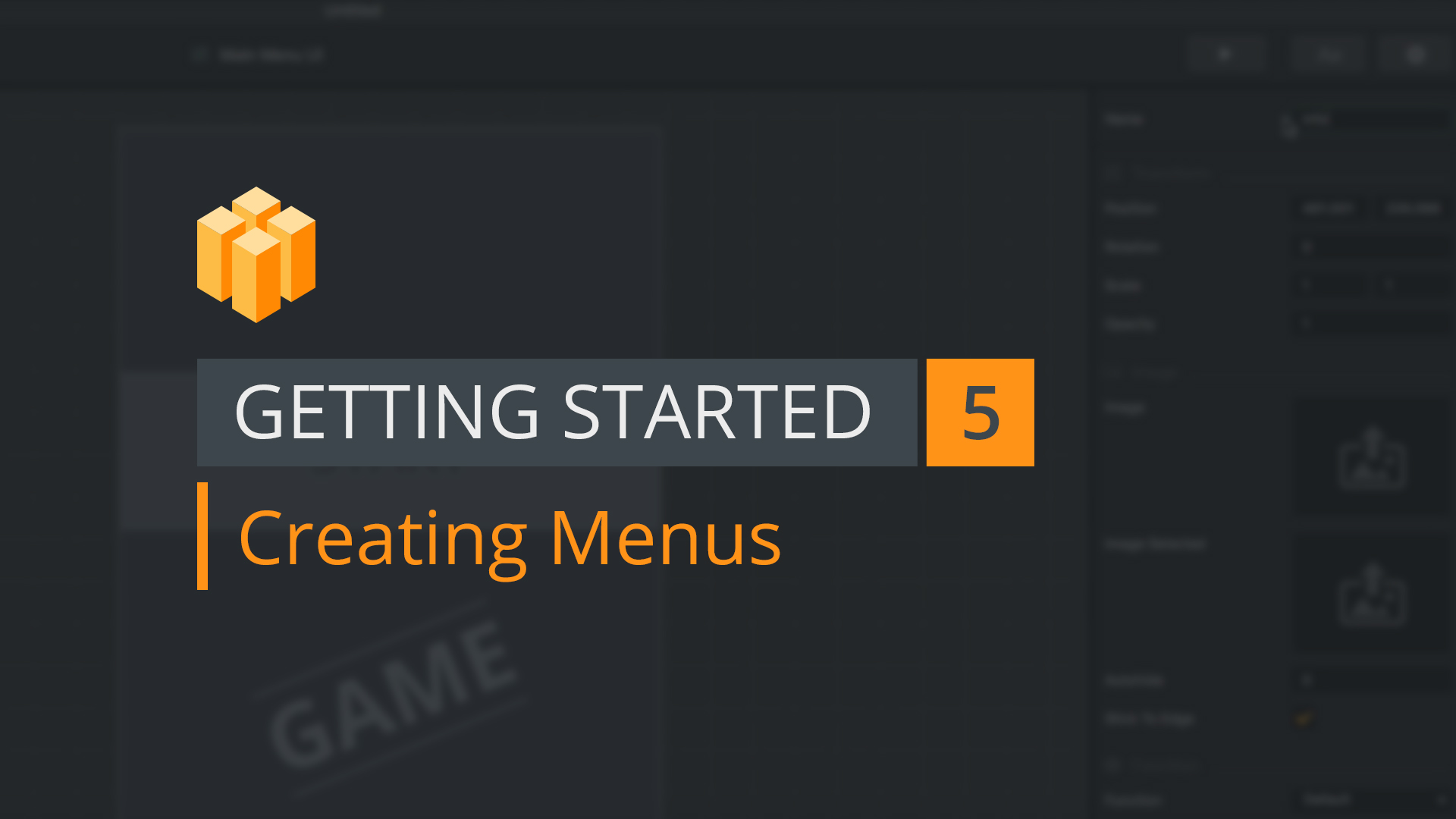
It’s popular, it’s effective, it does not require code. MailChimpĬategory: marketing, communications MailChimp hardly needs an introduction. Overall rating Ease of use: 3/5 Features: 5/5 Popularity: 3/5 Pricing: 4/5 3. In other words: if you have an idea for a web-based product and don’t want to get drowned in code, Bubble should be at the top of your options. The company has managed to attract high-profile backers, including one of the inventors of Google Sheets, Mulesoft founder Ross Mason, and rapper Nas, among others. Products made with Bubble are not just decent, they are excellent. The premise with Bubble is simple and ambitious: you can build incredible products without using code.Ī favorite product among the growing no-code community, it’s easy to see Bubble as one of the key players behind the next generation of browser-based products. Integrations (payments, analytics, email, etc.) BubbleĬategory: web development, web apps Bubble is a visual programming language that combines Overall rating Ease of use: 5/5 Features: 5/5 Popularity: 5/5 Pricing: 5/5įor a recent sample of websites made with WordPress, check out this post on wpbeginner.

Keep the flame burning, you awesome people. Once a synonym to blogging, WordPress has outgrown everyone’s expectations by making things easier for everyone: developers get to launch fast (and increasingly cool) websites, while users get swift, reliable online experiences. Despite the fierce competition from other products - Wix, Webflow, Squarespace - WordPress remains the indisputable leader when a website with a CMS is required.

WordPressĬategory: web development, blogging, content management systems As the saying goes, “If it ain’t broke, don’t fix it”. In any case, these are the ones that we consistently identify as must-haves of the no-code ecosystem. For example, some products have a steep learning curve, but what they offer in return is so good that they end up outperforming the alternatives. Not all of these items are factored equally in our choices. The products below stand a foot above their main competitors for a variety of reasons, including: Recommending a product isn’t always easy, albeit for must-haves. Gems: promising products that are not quite there yet, but may become the talk of the town somewhere down the lineĬuriosities: experiments, rarities, and eyebrow-raisers that might not make it in the long run, but are fun to look at / play with nonethelessĪfter combing through several repositories containing 500+ no-code products in total, here’s what we found. Must-have products: the ones you can expect to deliver instant value to your project or company So, in order to bring you a broader panorama of the no-code ecosystem, we compiled a list of products and placed them into 3 categories: Well, because there’s a lot of them - literally hundreds more than when Make was launched in 2016.Īlso, there is another reason: with so many new products, it’s becoming increasingly difficult to separate the wheat from the chaff by just looking at the “no-code” label. But let’s not rush to conclusions yet.Įxpansion cycles like these are thrilling, and we want to seize the opportunity to take a deeper look at what’s going on out there with no-code products. What is clear, though, is that the no-code market is going through an expansion phase, after which some products will consolidate, and others will no longer be. Which no-code products are good? Which no-code products will survive, and which ones will die? No matter how high the expectations bar is set, adoption and success won’t be every product’s reality this year.

On the other hand, there are some doubts about market maturity: while there is no shortage of success stories, the number of no-code products that have been launched in the past couple of years is so staggering that it can lead to some confusion. Without value, there would be no point in writing about no-code to begin with The consolidation of digital transformation efforts, which lowers the enterprise entry barrier for no-code products The shortage of IT talent, which boosts the range of no-code products On one hand, there are reasons to be hopeful about accelerated growth and adoption of no-code products, including: To say that the no-code industry’s expectations for 2020 are high would be an understatement: the sector is growing, and everybody loves growth.īut aside from expectations, it’s hard to make a prediction on how will all work out.


 0 kommentar(er)
0 kommentar(er)
